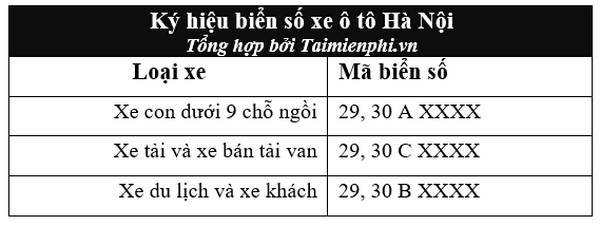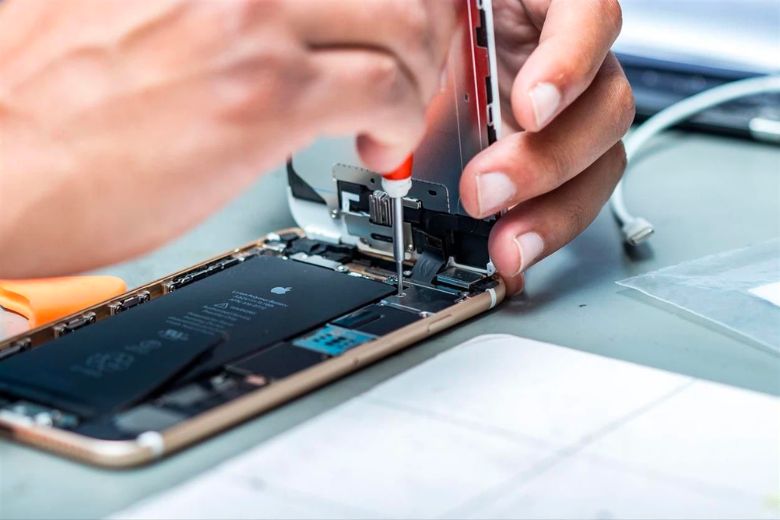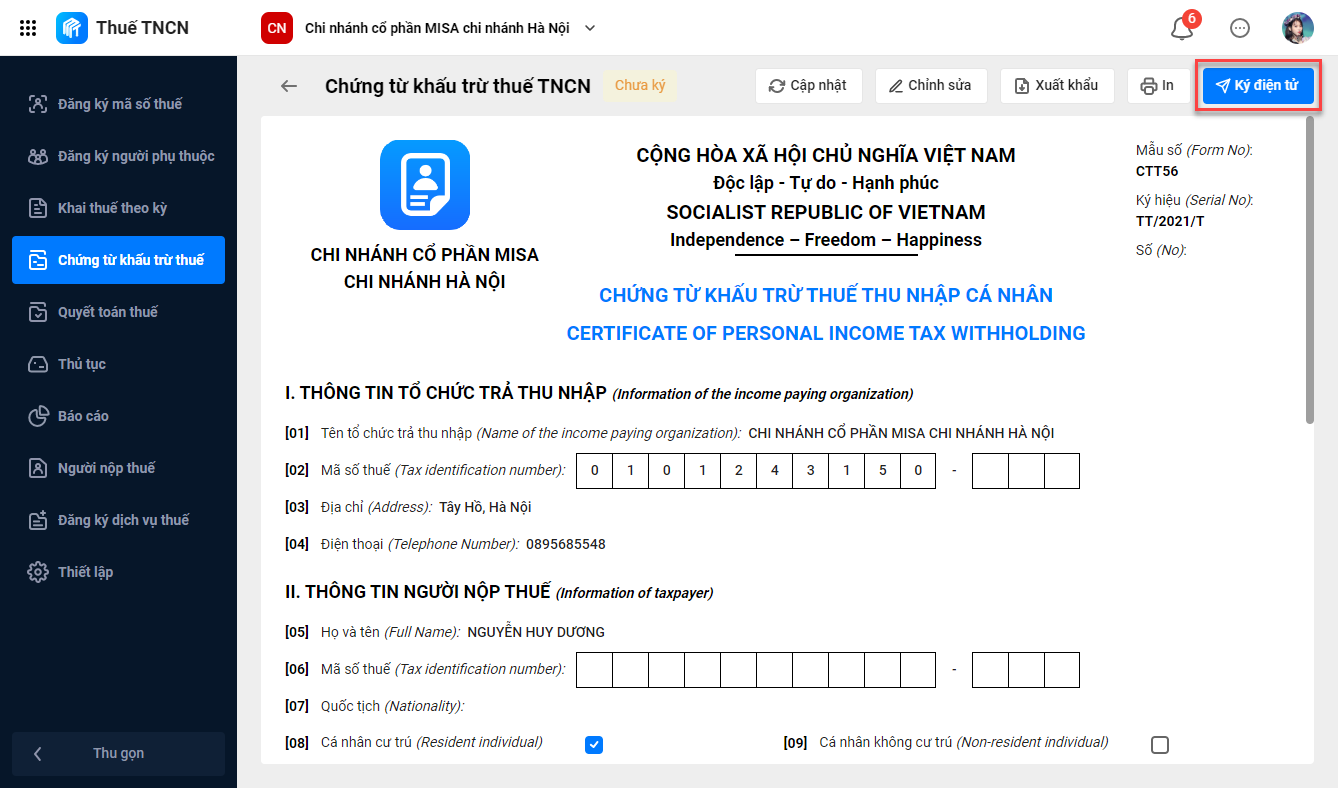Levosulpiride-Induced Neurological Adverse Effects: A Prospective Study from a Tertiary Care Center
DISCUSSION
The results of the present study revealed that LS could induce parkinsonian features such as resting tremor, dystonia, neck or back pain, and dysarthria irrespective of the duration of LS treatment. The other major symptoms manifested were dysgraphia, abnormal gait. Although most of the patients in our study presented with the clinical features after 3-5 weeks of treatment, a few presented within 4 days to 1 week after beginning the therapy. We could not find any significant difference in the presentations of clinical symptoms among the patients with LS alone or LS in combination with other proton pump inhibitors such as esomeprazole, pantoprazole, or rabeprazole.
The extrapyramidal examination showed tremor as well as cogwheel rigidity in most of the cases. Most of the antipsychotic drugs are known to cause extrapyramidal syndromes such as acute Parkinson’s disease, dystonia, and dyskinesia.[8] The adverse effect such as galactorrhoea and menstrual abnormalities in females were also observed in LS therapy. The effect is mediated through hyperprolactinemia from the blockade of dopaminergic type 2 receptors.[9]
Bạn đang xem: Levosulpiride-Induced Neurological Adverse Effects: A Prospective Study from a Tertiary Care Center
Our results are consistent with the previous case series reported by Choudhury et al. that LS can induce parkinsonism and dyskinesia in most of the elder patient.[9,10] In our study, most of the patients were >54 years. However, no correlation between the age and treatment was evidenced in this study. Among the total cases, a 38-year-old male was presented with some “abnormal feelings” even 4 days after starting the LS therapy. Some of the patient had complaints of tremor and abnormal gait in extreme cases. Patients were brought in the nonambulant state with dysarthria where the adverse effect was limiting their capacity to communicate. The de novo tremor was observed as localized to face, chin apart from the common site which is upper and lower limbs. A few of the patients complained about neck or back pain after the LS therapy for a short duration. This was associated with spasm in the muscles of the back. Radhakrishnan and Goyal recently reported a series of cases in which the onset of symptoms appeared 3 days to ≤1 month after the initiation of the 25 mg/day LS therapy.[11] Choudhury et al. reported that LS therapy at 75 mg/day produced dyskinesia with a median duration of symptom onset was 13 months and female dominance.[10]
Xem thêm : Rau thơm là gì? Tổng hợp 29 loại rau thơm gia vị phổ biến nhất tại Việt Nam
The exact mechanism of the adverse effect of LS has not yet been elucidated. However, various mechanisms were suggested for the adverse effect while using this prokinetic medication. One of the early experimental evidence in rats by Nielsen and Lyon concluded that long-term treatment with neuroleptic drug losses cells in the corpus striatum.[12] While the latter study by Elkashef and Wyatt demonstrated the role of free radicals in the pathogenesis of tardive dyskinesia.[13] Study on the pharmacokinetic properties of LS in healthy Indian participants is not available. However, a study in Chinese volunteers indicated that it could exhibit a linear pharmacokinetic property over the oral dose range of 25 to 100 mg which is similar to the intramuscular (IM) dose range of 25 to 75 mg. However, the bioavailability after oral administration was poor, and the rate of absorption was slower than that of IM administration. The plasma half-life was reported as 6.8-7 h.[14] Hence, the chance for adverse effect will be more in the parenteral therapy. This new prokinetic drug is being increasingly used, its tendency to cause Parkinsonian features should be born in mind while dealing patients with acute-onset Parkinsonism or other involuntary movements like dystonias.
A recent report on six patients with the adverse effect such as rigidity and tremor in four patients after LS treatment of 1-12 weeks and the symptoms were fully improved/subsided after stopping the drug.[15] Radhakrishnan and Goyal showed that at least 50% improvement of symptoms on stopping the LS.[11] In this study, none of the patients improved in their symptoms after the stopping the medicine. Our study is consistent with this observation to Sharma et al. in which they reported persisted akathisia in most of the patients even after withdrawal of LS.[6] The symptoms are often severe and irreversible and were managed with levodopa and pramipexole. Dopaminergic drugs such as carbidopa-levodopa (100/10 mg) or pramipexole, dopamine agonist (0.5 mg) are the common treatment given for the adverse incidence. This is the first study reported from south India in 30 patients who presented with the adverse effect of LS. A small sample size and short duration of follow-up are the major limitations of this study. Therefore, a large prospective study from a multicenter with more cases is warranted.
Nguồn: https://duhochanquocchd.edu.vn
Danh mục: Khám Phá

/fptshop.com.vn/uploads/images/tin-tuc/179494/Originals/thanh-toan-cuoc-tra-sau-Viettel-7.jpg)
/fptshop.com.vn/uploads/images/tin-tuc/172854/Originals/etc-la-gi-5.jpg)














